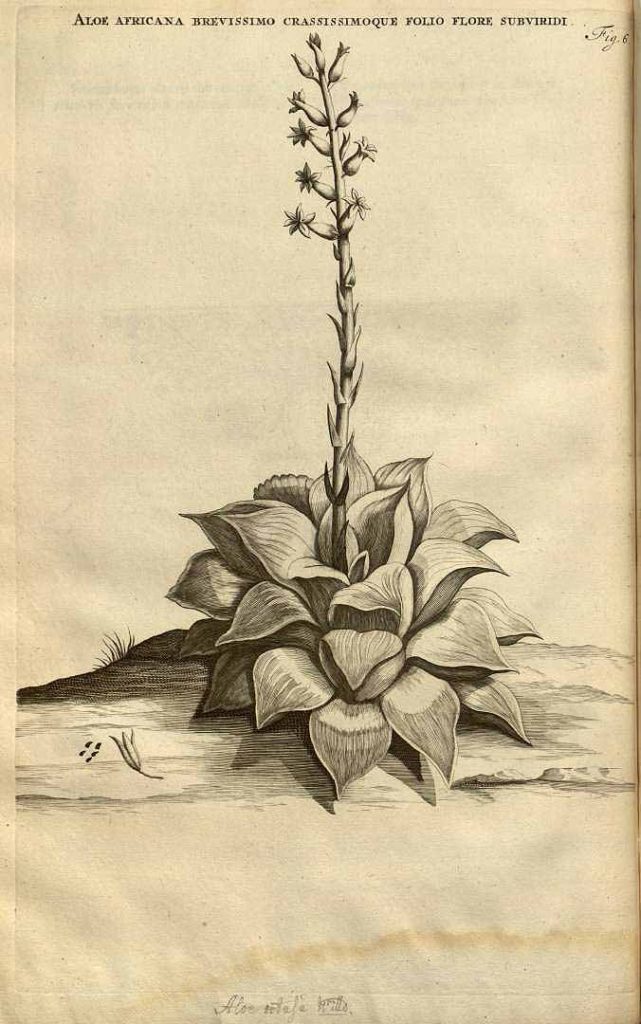20. 2019.5.23 – The next pictures are a consequence of Jannie Groenewald’s (H. groenewaldii fame) activity and I am truly grateful to a remarkable young man fully absorbed in the wonder of plant life. These will be from 4 populations southeast of Tradouw. The first is mirabiloid flowering autumn. The others are retusoids (flowering spring) in the context of sandstone populations and populations in the shale, clay and even limestone southwards. It is worth noting that the habitats are near identical and yet occupied by either of the ‘species’ and never both.
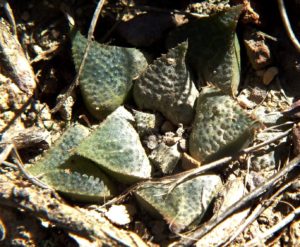

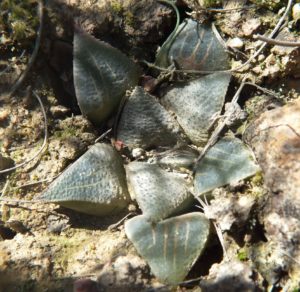
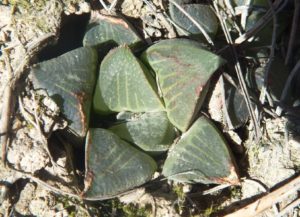
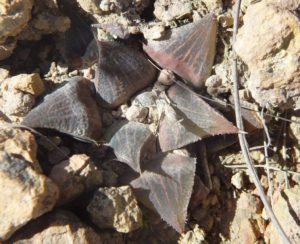
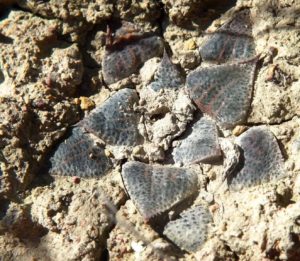

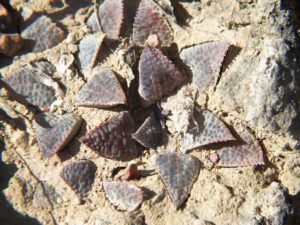
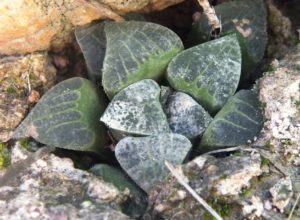
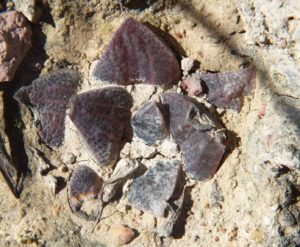
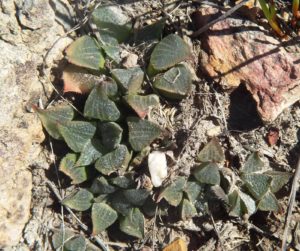
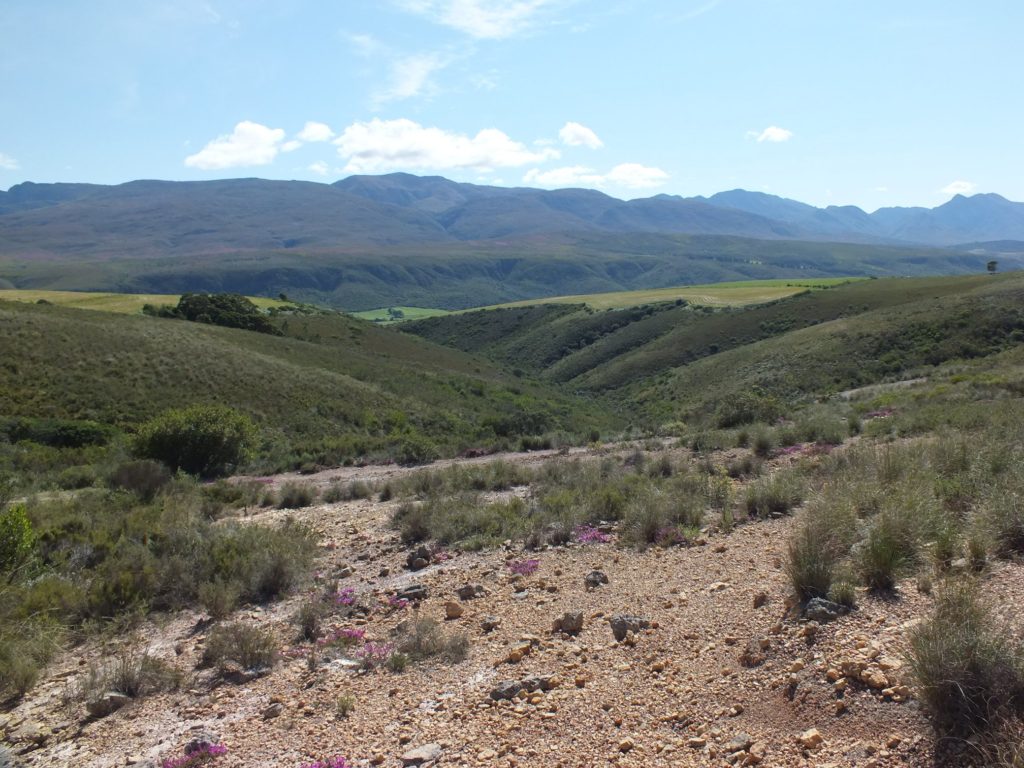

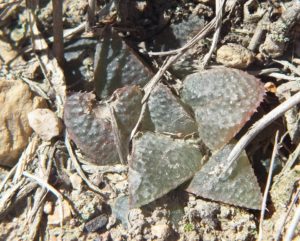
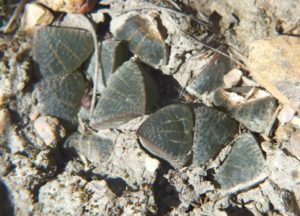
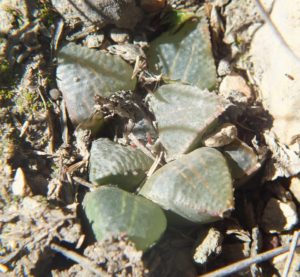
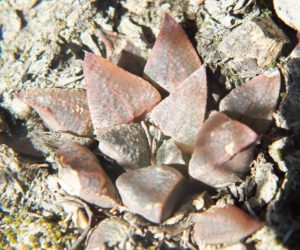
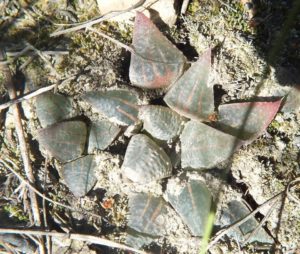
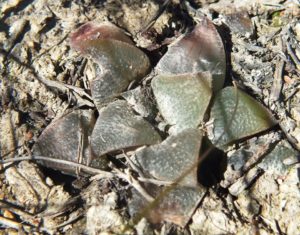
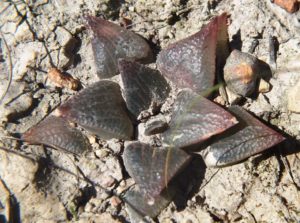
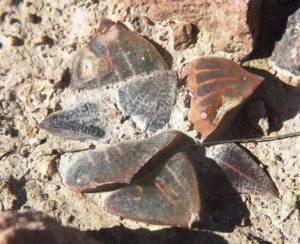
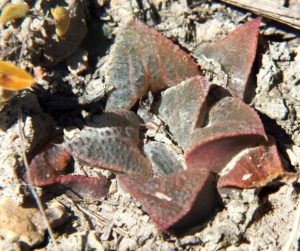
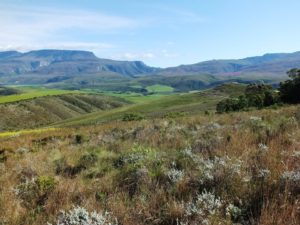
Jaap Viljoen: Again, I cannot help to smile about the Groenewaldii population. Mostly to Jannies frustration when we visit the site and I continually asked him to show me a real Groenewaldii. The percentage of plants of which the dots cover more than 50% of the leaves is so small, that the population could hardly been called Groenewaldii. With all the visitors these dotted plants become even less. Viva to the Jannie Groenewald haworthia population in Buffeljags.
Bruce Bayer: Yes Jaap, the fact is we looked across the valley and I said these plants must be there too – and they are and spots are very rare. But there is much more to those spots too.
21. 2019.5.24 – Another population from southeast of Tradouw. Note the presence of plants with rounded leaf tips and dark coloration. Again huge variation and as was done in the days of Smith and von Poellnitz, there are the ingredients for several species!
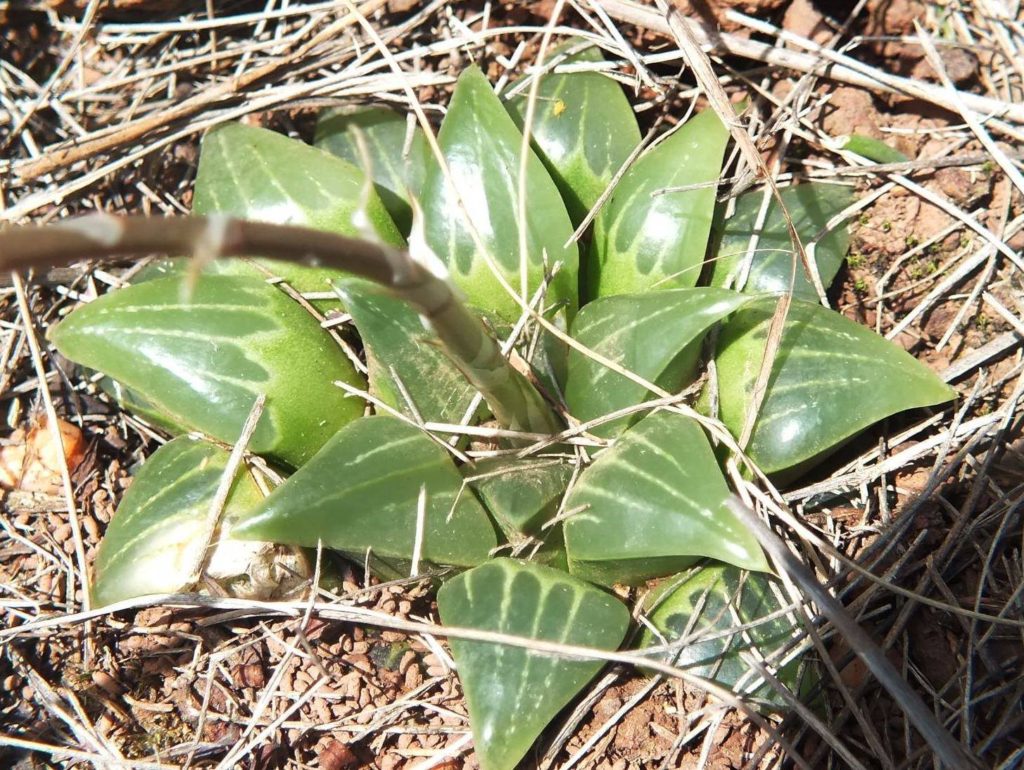
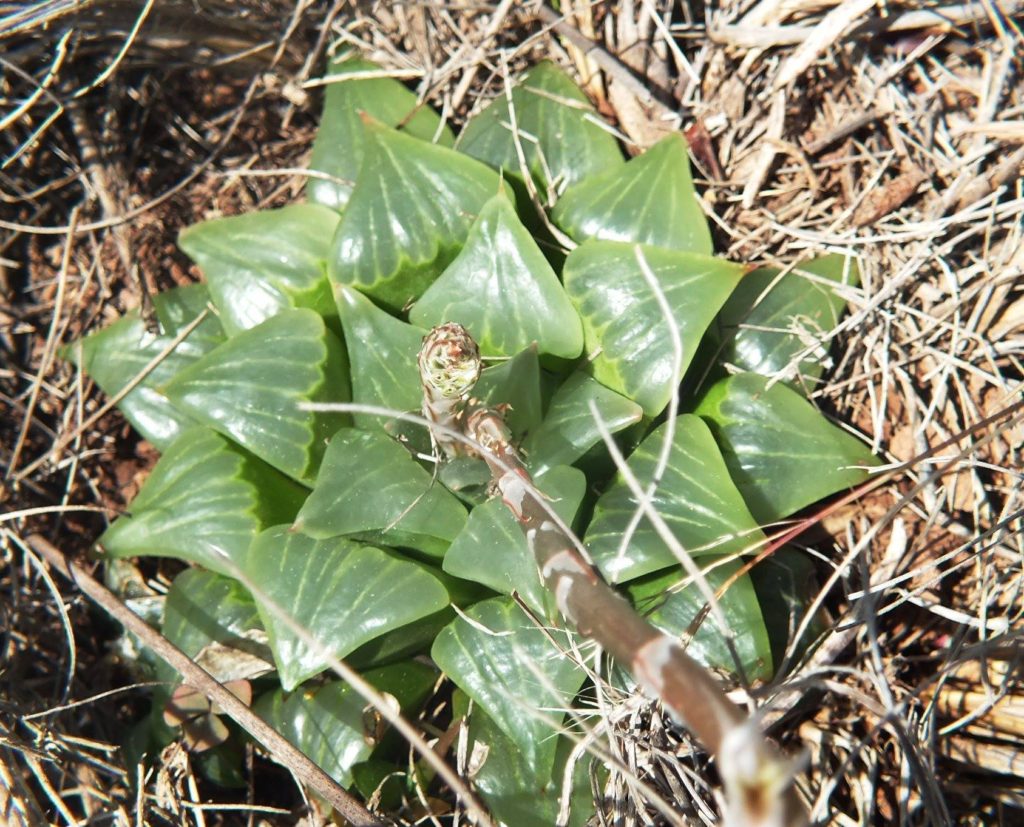

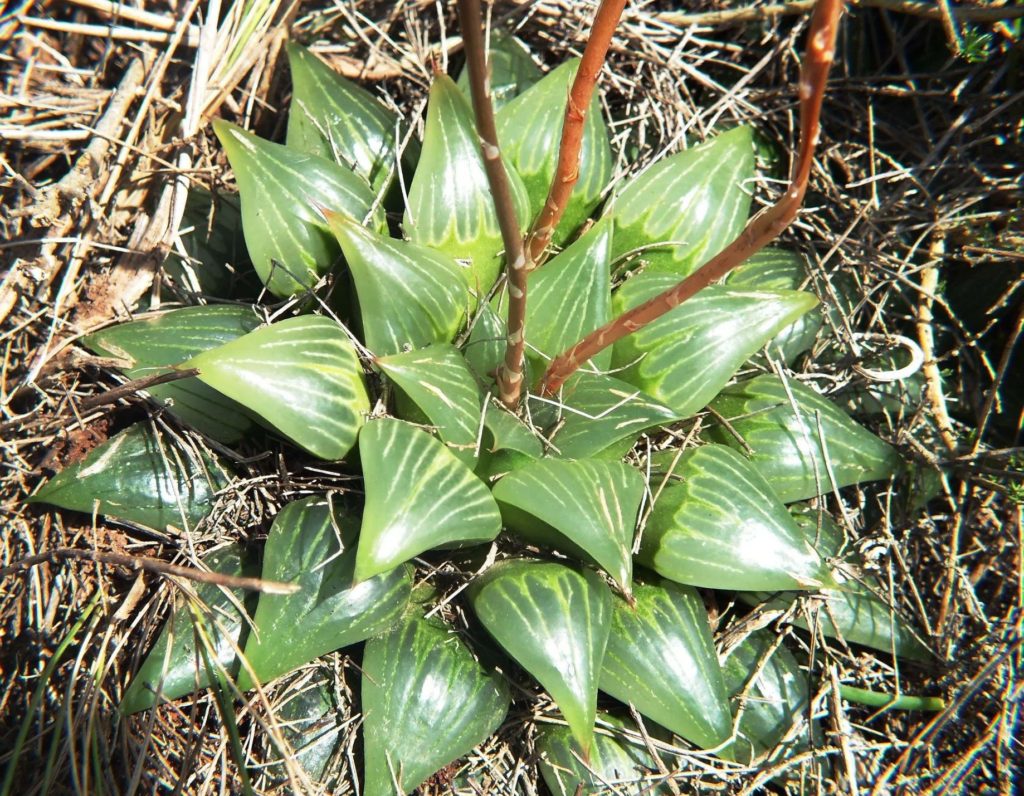
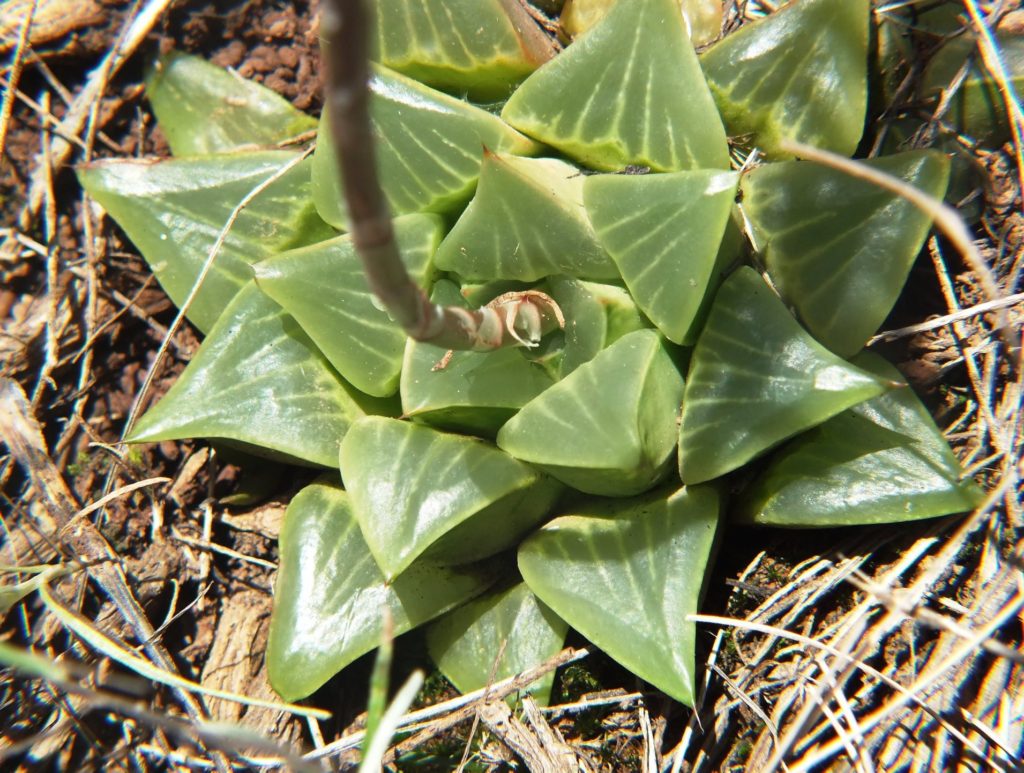
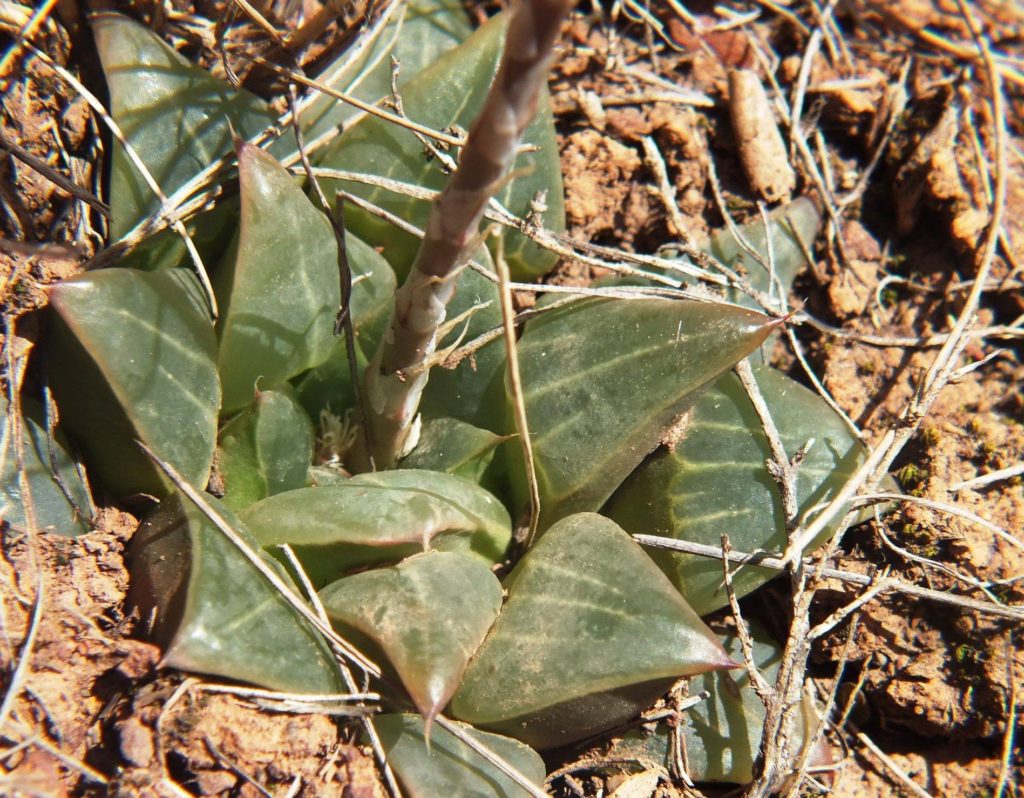


22. 2019.5.25 – Mulling about how to proceed! Past experience is that it is difficult to get readers to keep all the variables and all history in mind while trying oneself to do that. I have posted 2 sets of retusoids from southeast Tradouw. Here is another. I will forego the next 3 because, while they tell the story of variability, they add nothing new. But what is significant is this – with these south of Tradouw populations, there are another 22 very similar localities/habitats in all, separated by various distances from 200m to a few kilometres, 22 populations drawn from 3 species. What has happened to keep the species apart? Ponder this while thinking just how coherent family, genus, species distributions are worldwide? Locally too. The guesses we make about seed distribution and spread do not seem to amount to much.
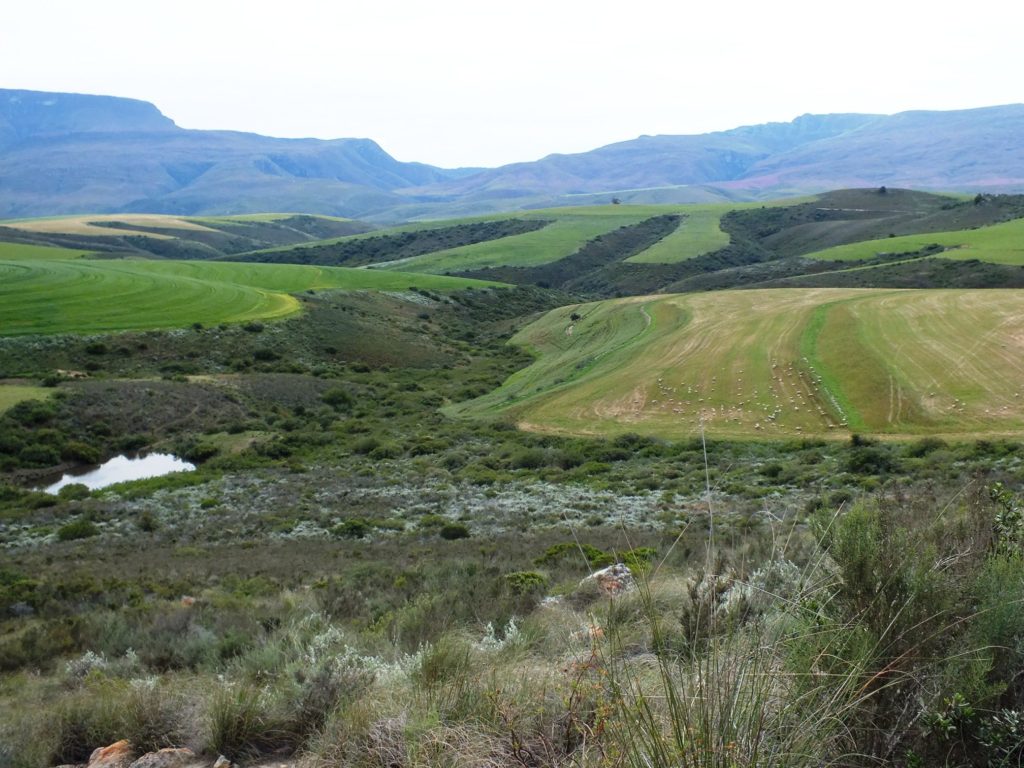
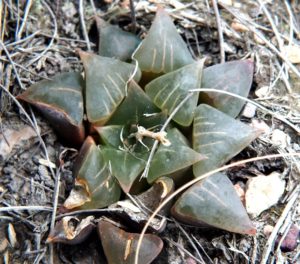
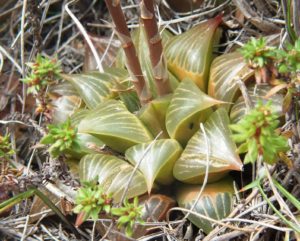
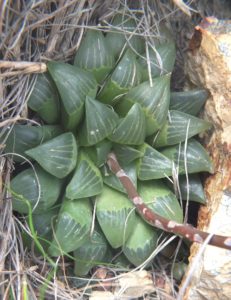

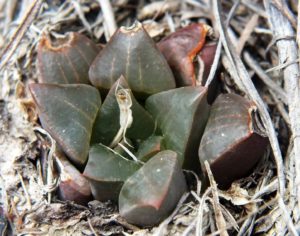
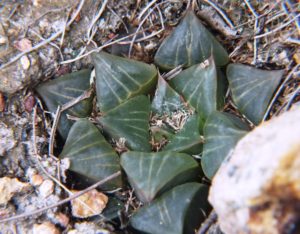
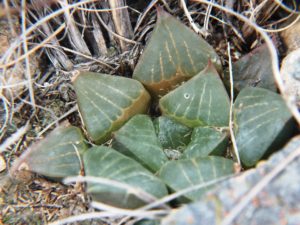
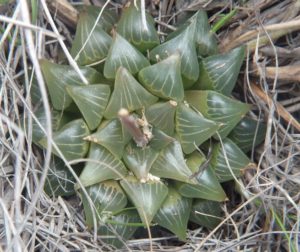
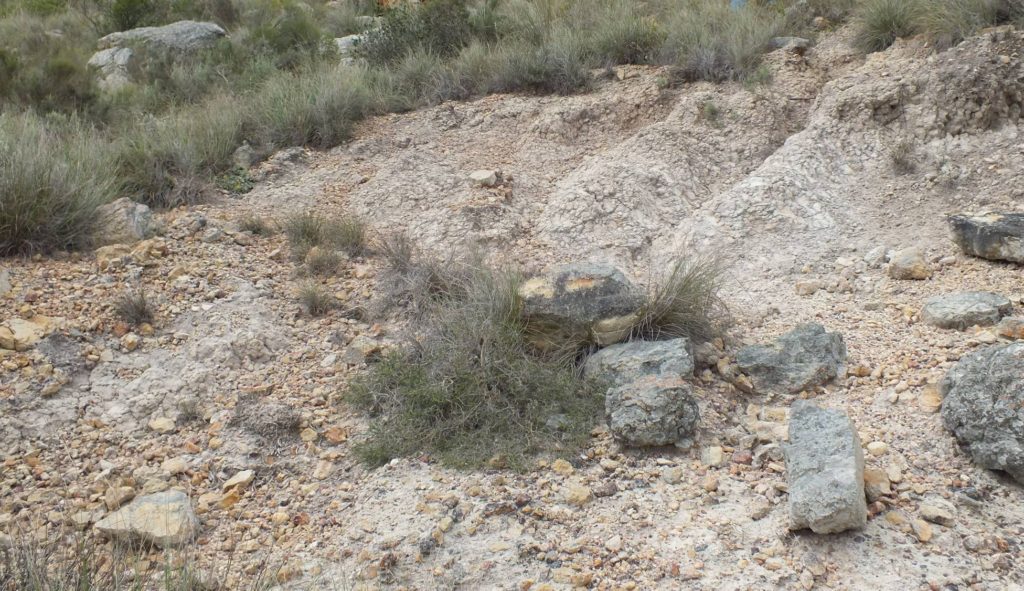
Flowering time. I have said that this is a significant driver WITHIN the retusa complex. The mirabiloids and floribundoids flower in late summer/early autumn, while retusa/mutica/pygmaea flower in spring. Nevertheless, despite this difference, one finds hybrids between these elements despite expectation to the contrary. I have seen hybrids of floribunda in the wild with retusa (typical retusa and turgida), pygmaea and mirabilis. In one remarkable instance that also demonstrates a quite amazing inexplicable spatial separation, mutica and mirabilis are separate and confined to immediately adjacent areas, of exactly the same rock, soil type and corresponding general vegetation (contiguous). The same was seen in such absolutely adjacent mirabilis and retusa. Not even extending further into what appears to be identical terrain. There was a hybrid on the point of meeting in each case, despite gross differences in flowering time. I observed this hybridization with H. floribunda and H. mirabilis too, but at least they flower at the same time.
A similar case with Haworthiopsis pungens and H. scabra. H. pungens confined to a quartzitic and pebbly slope with minimal associated vegetation. About 75 meters away, a single cubic boulder of conglomerate about 1m width and depth, in dense proteoid vegetation. On top of this were several plants of H. scabra and several obvious hybrids where H. pungens was the other parent.
There are populations such as Kransriviermond, the one I mentioned south Heidelberg, and the one at Tradouw that seem inarguably to be “hybrid”. There are many similar cases that strongly suggest such “hybridization” that is really more likely to be a recombination of diverging elements of the same species. It has clearly happened in the past, and often too. Other observations have been of odd flowers outside of the expected flowering windows of the species. Remember the plants are self sterile. Generally. I have had plants that are self-fertile and produce viable seed.
23. 2019.5.28 – Moving a little further west at Tradouw there are many mirabilis populations that will no doubt get a species name. Just how beats me because no two plants are the same across all the populations. This area is probably the oldest and highest remnant of an old sea bed? Steven will have to explain the geology of the S Cape for us.
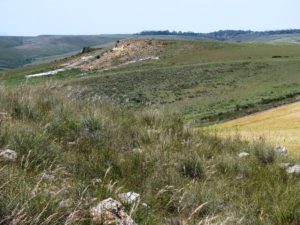

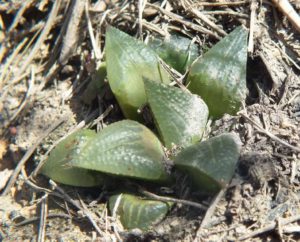
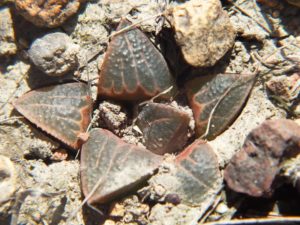
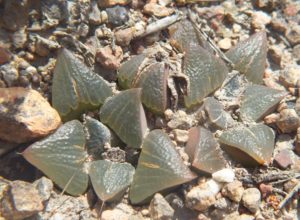
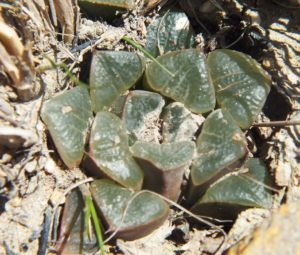
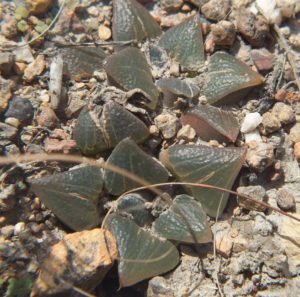
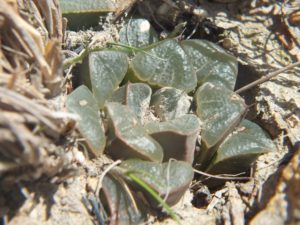
Reviewing all these Tradouw pictures leads me to say … I am not trying to prove anything. I am just pointing to an end point of 80 years of questioning the identity of these amazing plants. My conclusion is that these Retusoid things are but one species and botany would be better off if someone competent seriously undertook to truly find out where species stop and start. Retusa, mirabilis, mutica, pygmaea are unquestionably one species and the lesser like wimii, breueri, vincentii, jakubii, bobii, esterhuizenii are not necessary to even consider as they are but variants within a much greater complex. While groenewaldii is a central binder to them all in a different land form. Elizeae and some other unnamed single elements are highly problematic.
Lawrence Loucka: When you say the lesser names “do not figure at all” do you mean they are or are not part of the single species?
Bruce Bayer: I mean that it is just not necessary to even consider that they are anything but variants within a much greater complex.
24. 2019.5.30 – Bear in mind when looking at this set of mirabiloids (map location 5). Truer retusoids on near identical habitats fall away of these SE of Tradouw. The green smaller spinier retusoids (caespitosa) are in the sandstone Langeberg Mountains to the north and stop (as far known) at Tradouw Pass to the north. There are only a few populations of the clumping cliff dweller south that continue west. This is the upper drainage area of the Buffeljagsriver. What we are looking at is a series of mirabiloids that have swallowed up the retusoid form. The great variability must bear this out. The summer rainfall flowering seems to be a dominant character. A curious observation is that this area seems to have never been explored for succulent plants either in the mid last century when collectors were so busy – or in more recent times. There are no aloes, gasterias, euphorbias, crassulas, stapeliads, or even mesembs to speak of.
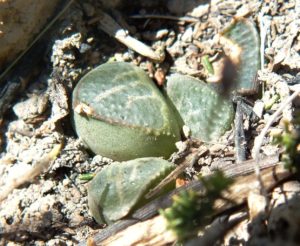
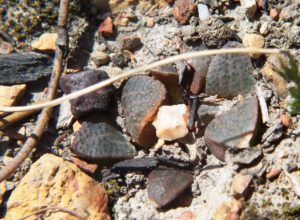
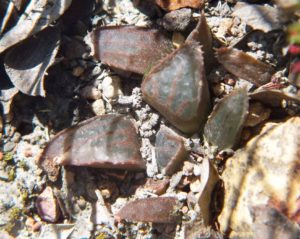
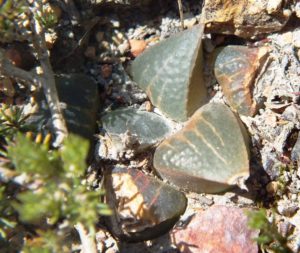
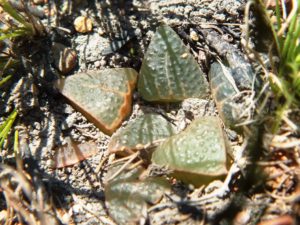
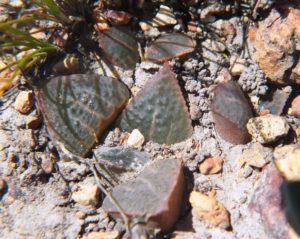
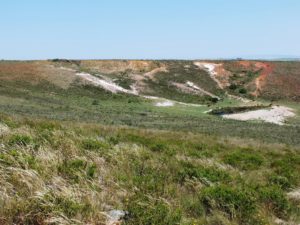
25. 2019.5.30 – Still south of Tradouw – what an amazing array of some of the forms here – and strangely they do not occupy the whole area. So there is quite a vast seemingly suitable habitat with only a small piece of it considered livable for the plants.
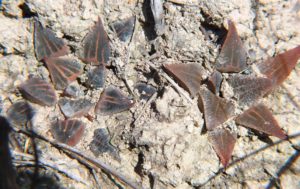


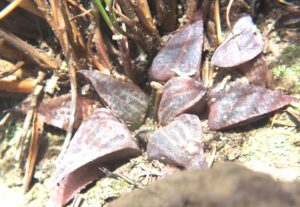
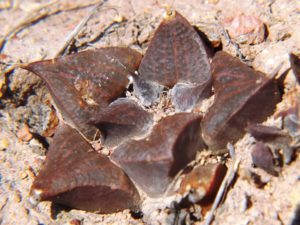

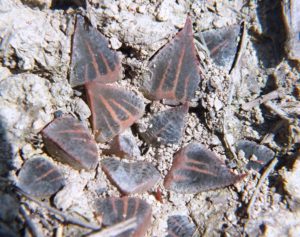
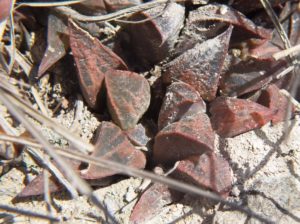

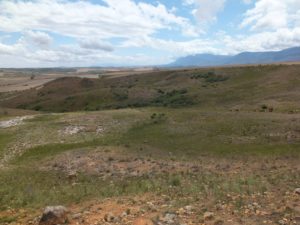
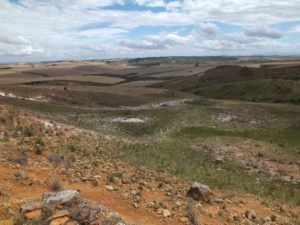
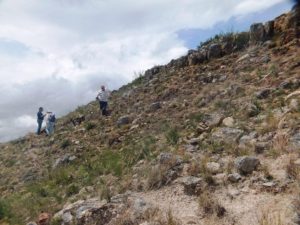
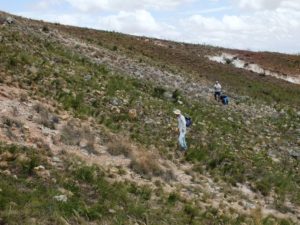
26. 2019.5.31 MBB7917 – This South Tradouw area is a wonder – I have many more pictures from this confined population. How my taxonomist friends accommodate this variation in their wondrous ways is above me.
Lawrence was with me and he might have more pictures = perhaps not this specific population. And I’m not done with local variation by a very long shot. Do note the morning dew and the flower buds in November.
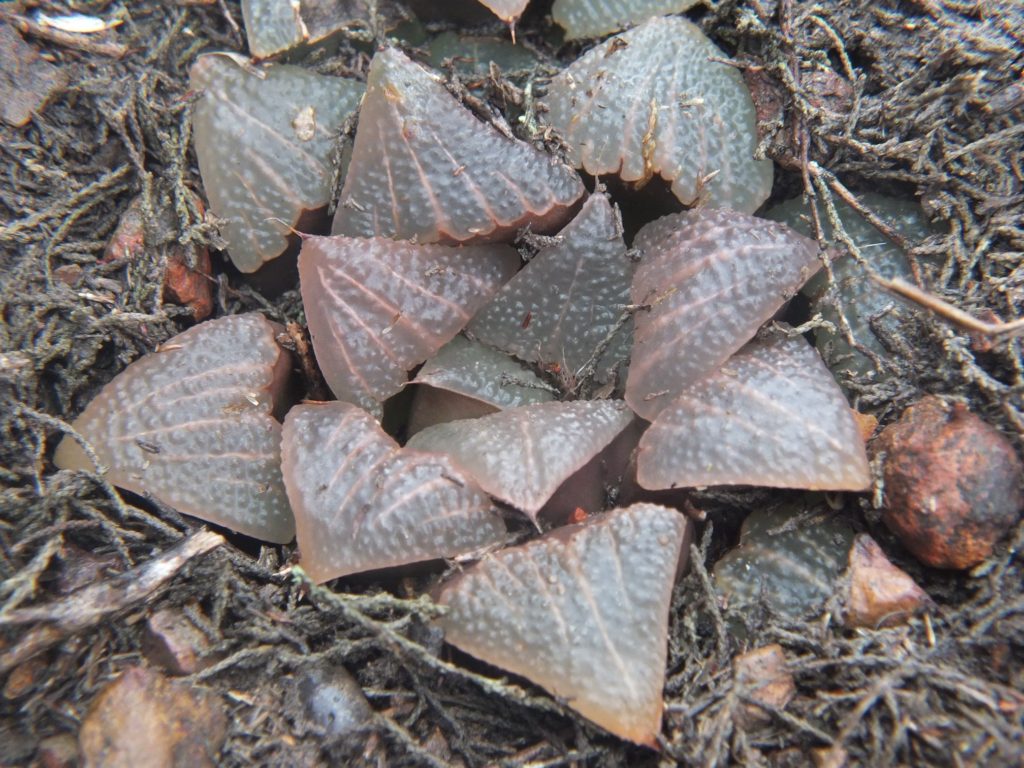
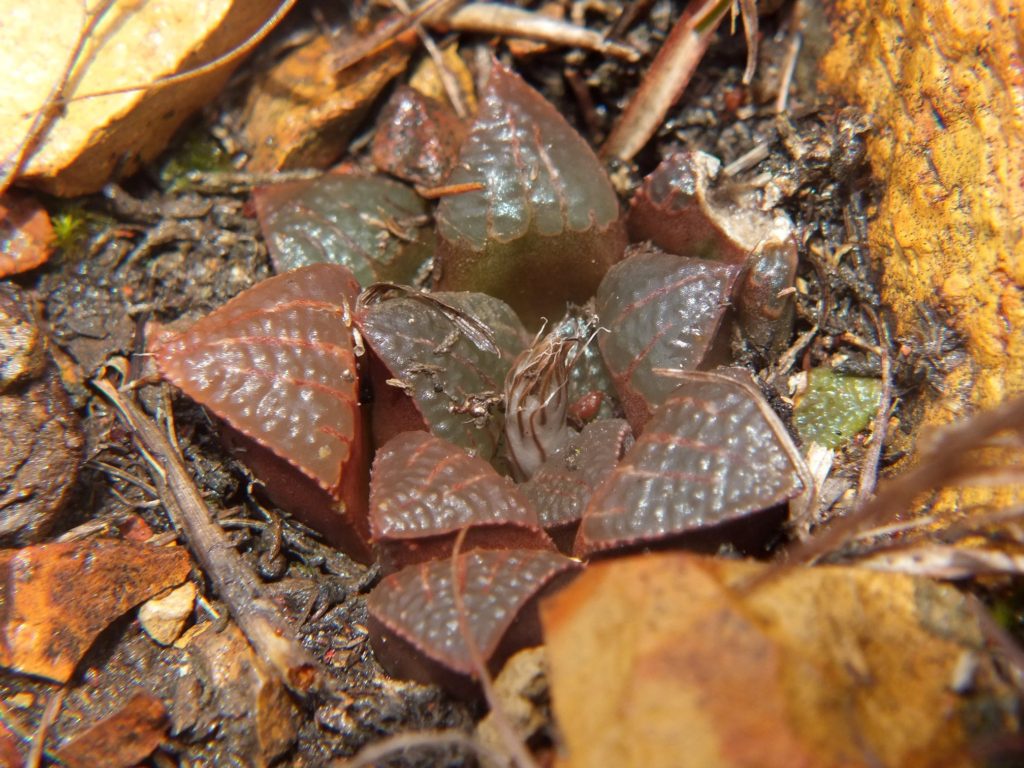
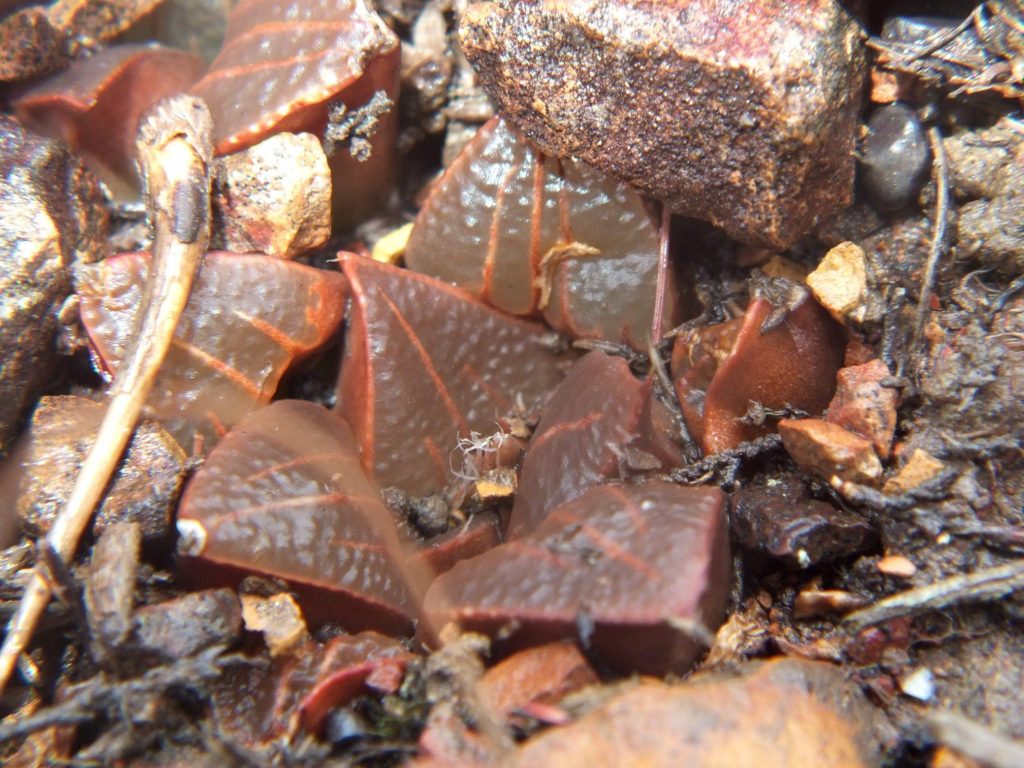
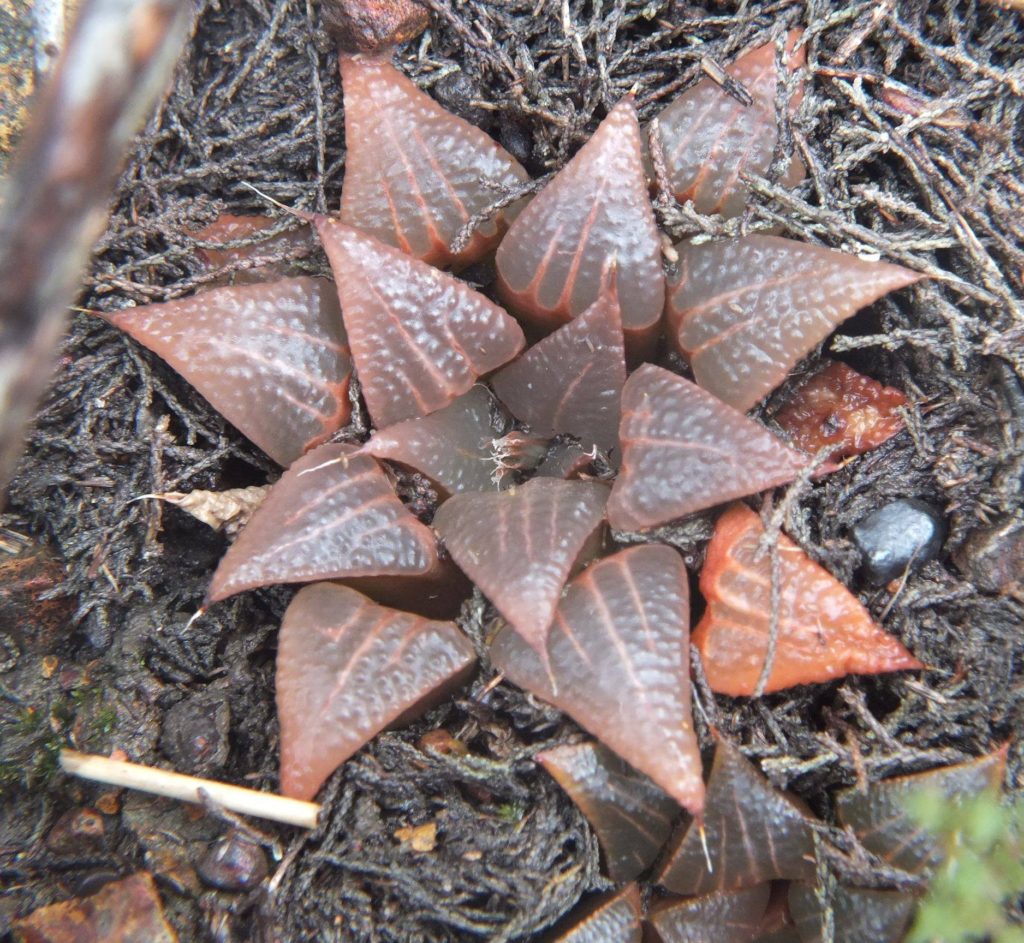
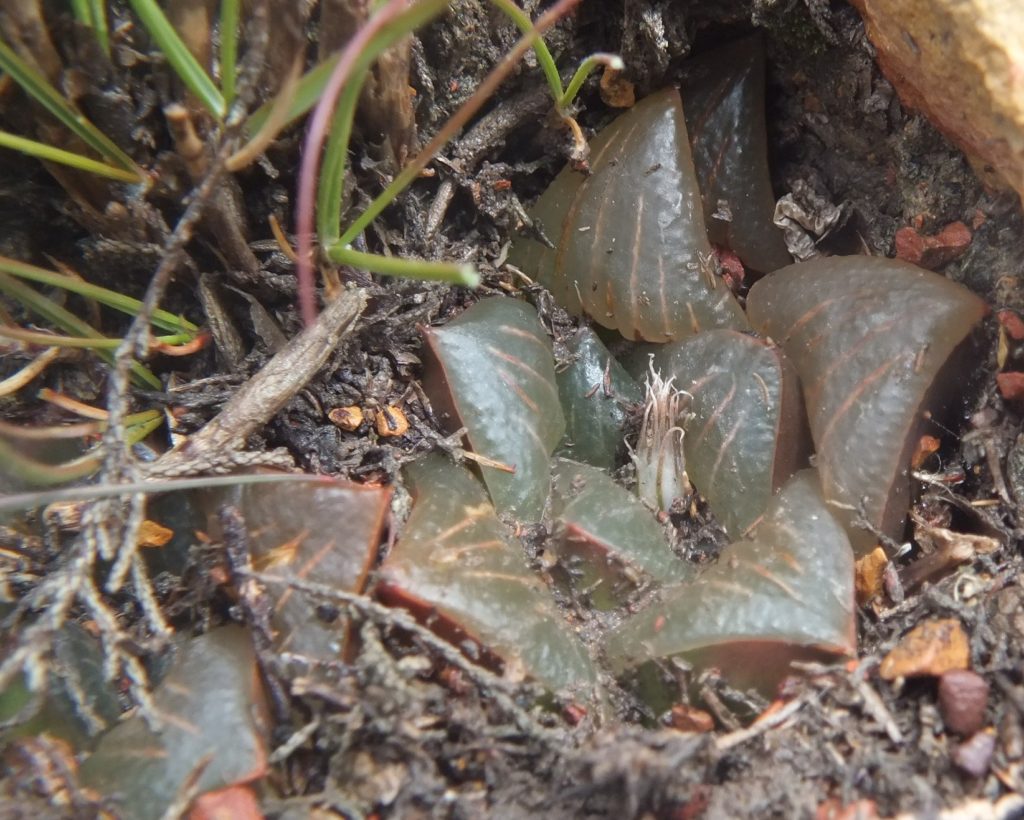
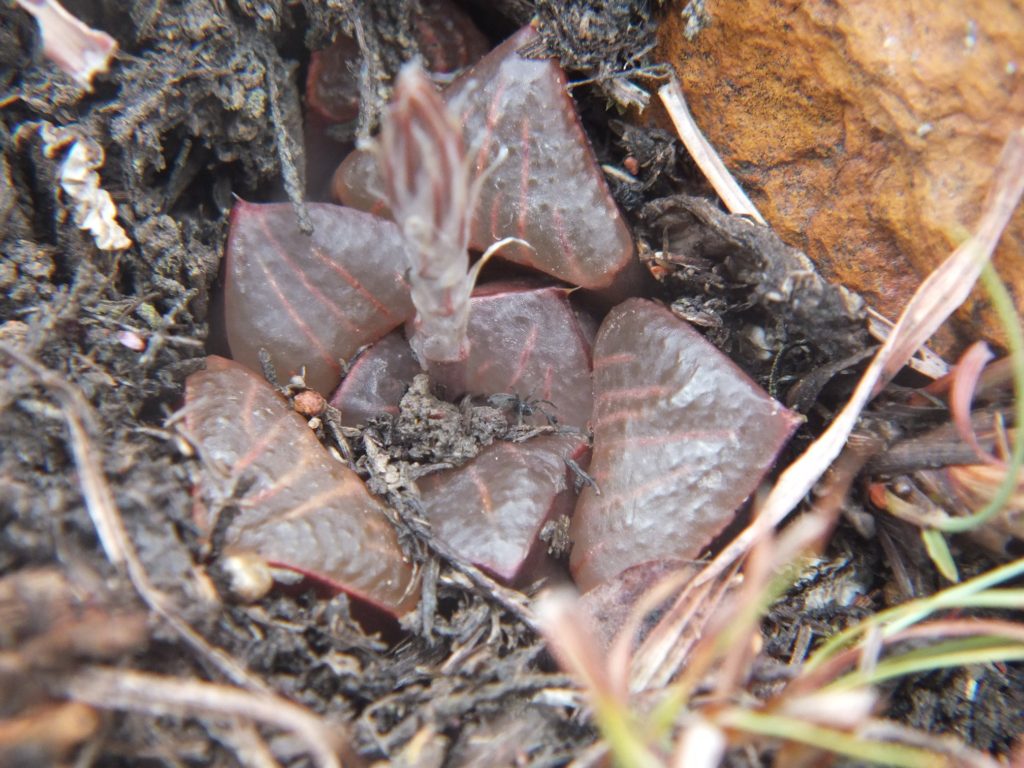

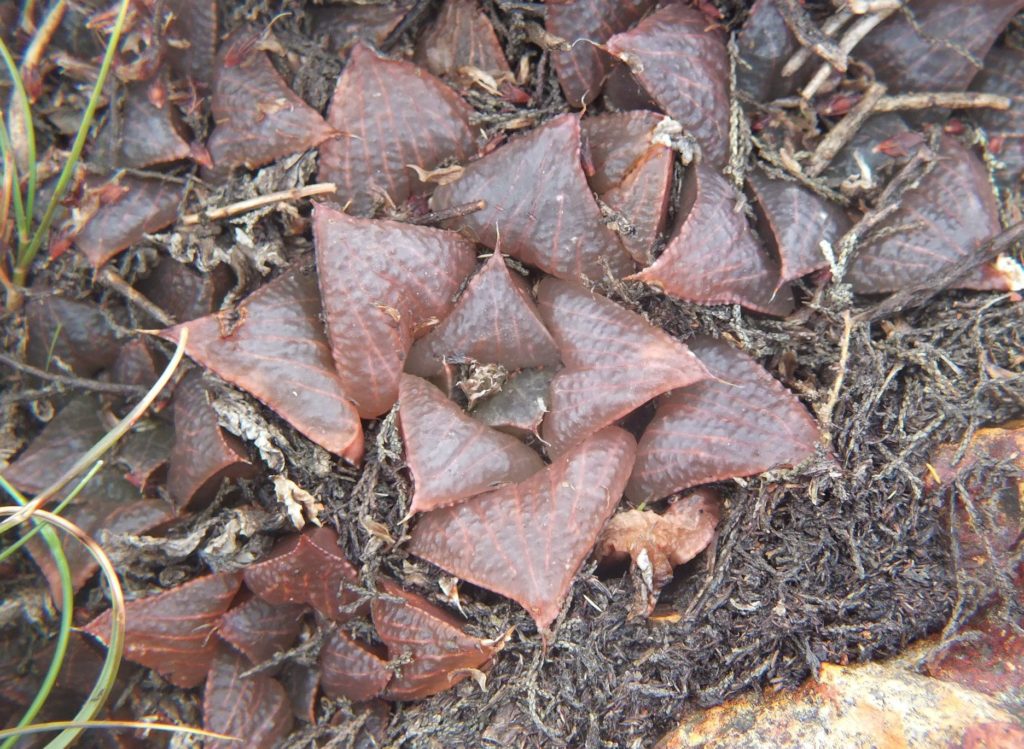
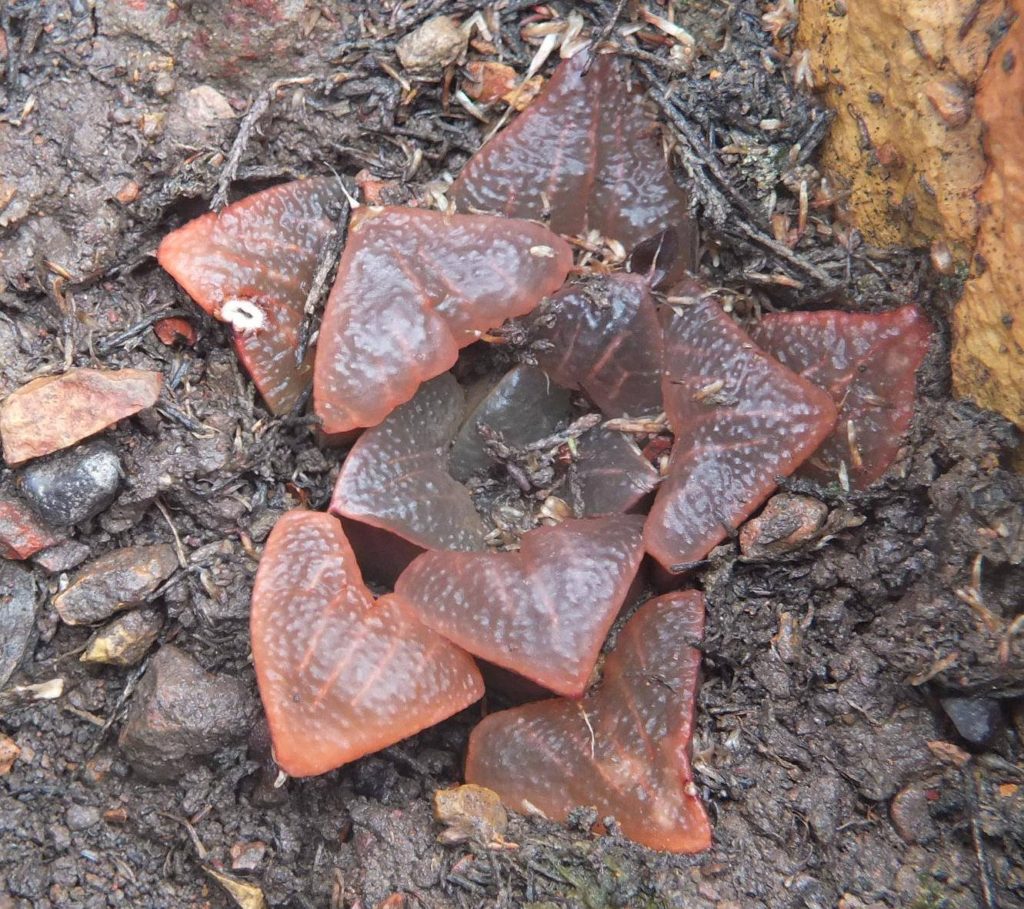
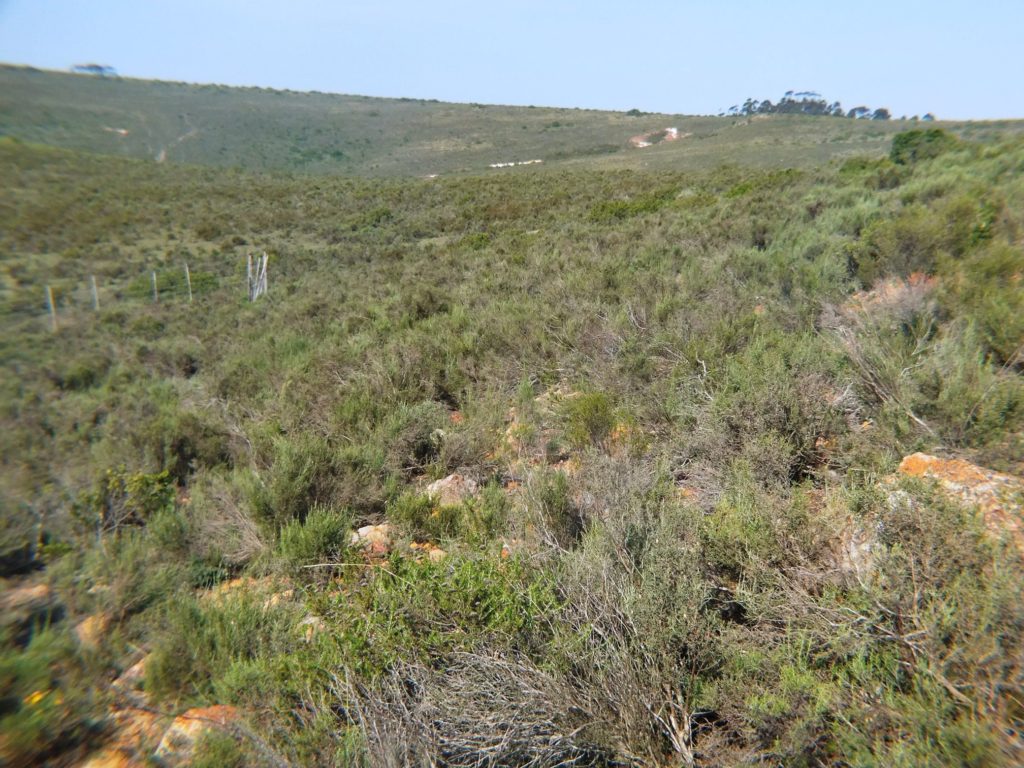
27. 2019.6.1 MBB7918 flowering in January. The habitat has a much grassier element and the clay texture was indescribably different. The plants are more cryptic and less attractive too. Same general map area 5, south of Tradouw.

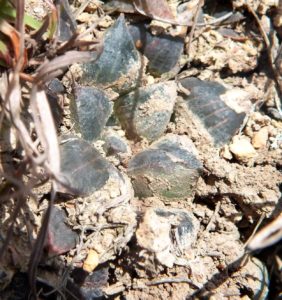
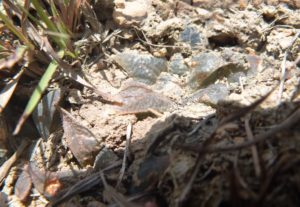
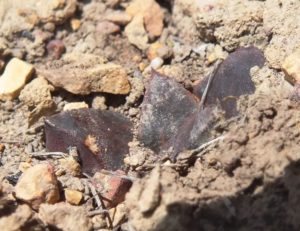
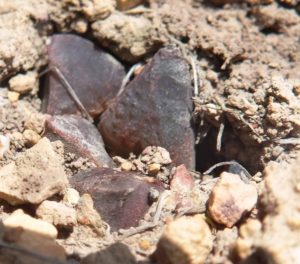
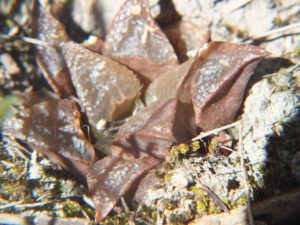
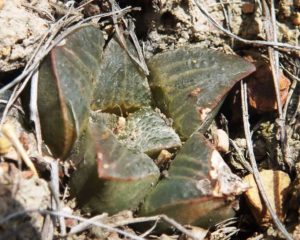
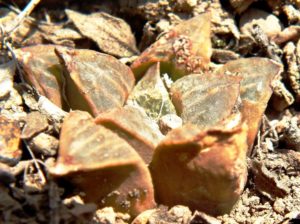

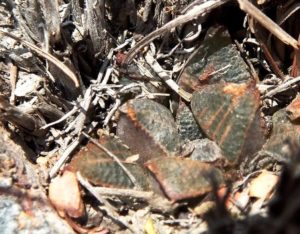


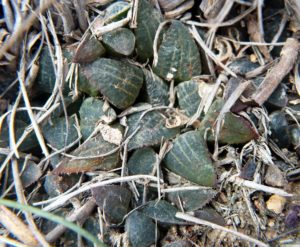
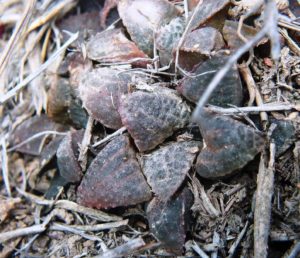
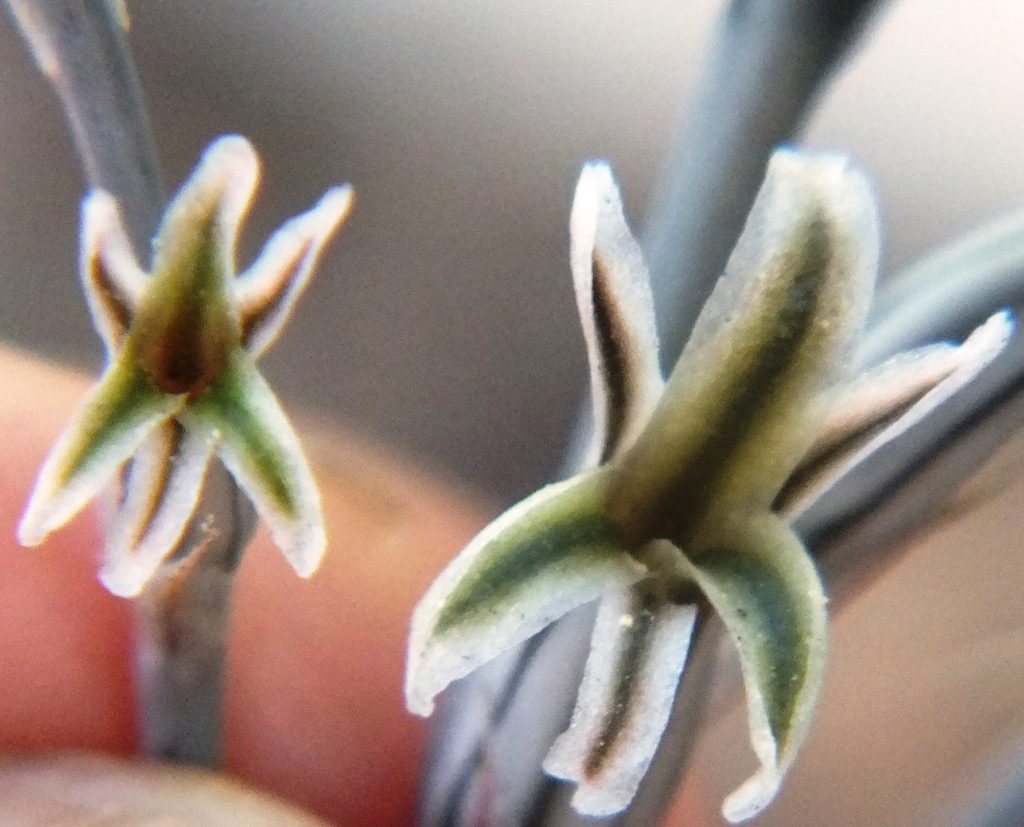
28. 2019.6.2 – Still south of Tradouw and another population. I find it very difficult to leave pictures out. Some of the plants are clumping, some have shiny smooth leaves, others tubercled. One plant was even distichous – it has two huge flower stalks so it is not juvenile. Some plants show the floribunda-like flattening of the leaf ends, with slight twist. Still 5 populations of these “mirabiloids” to go.
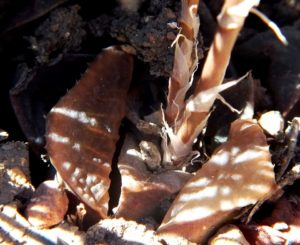


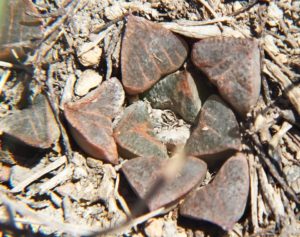
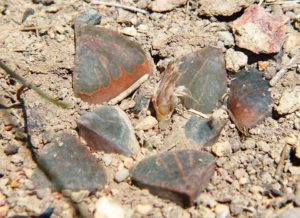
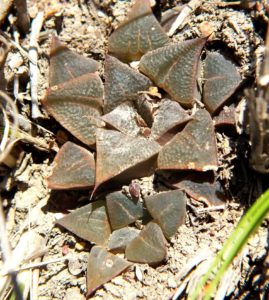
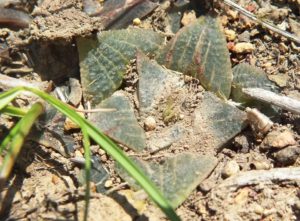
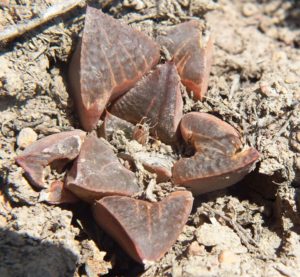

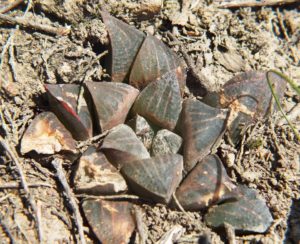

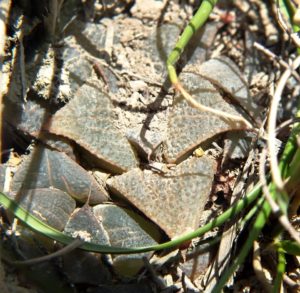
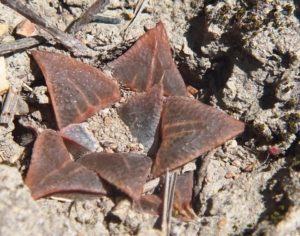
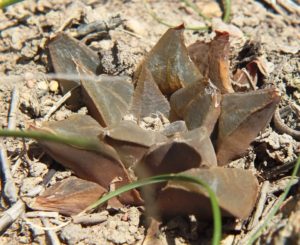
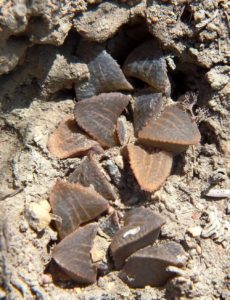
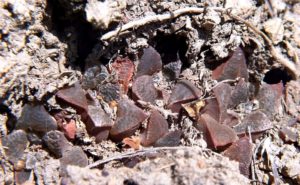

29. 2019.6.3 MBB7955 – Still south of Tradouw observed flowering in November and February. Plants very abundant locally and note the different colour and density of the clay. Retusoid mirabilis?
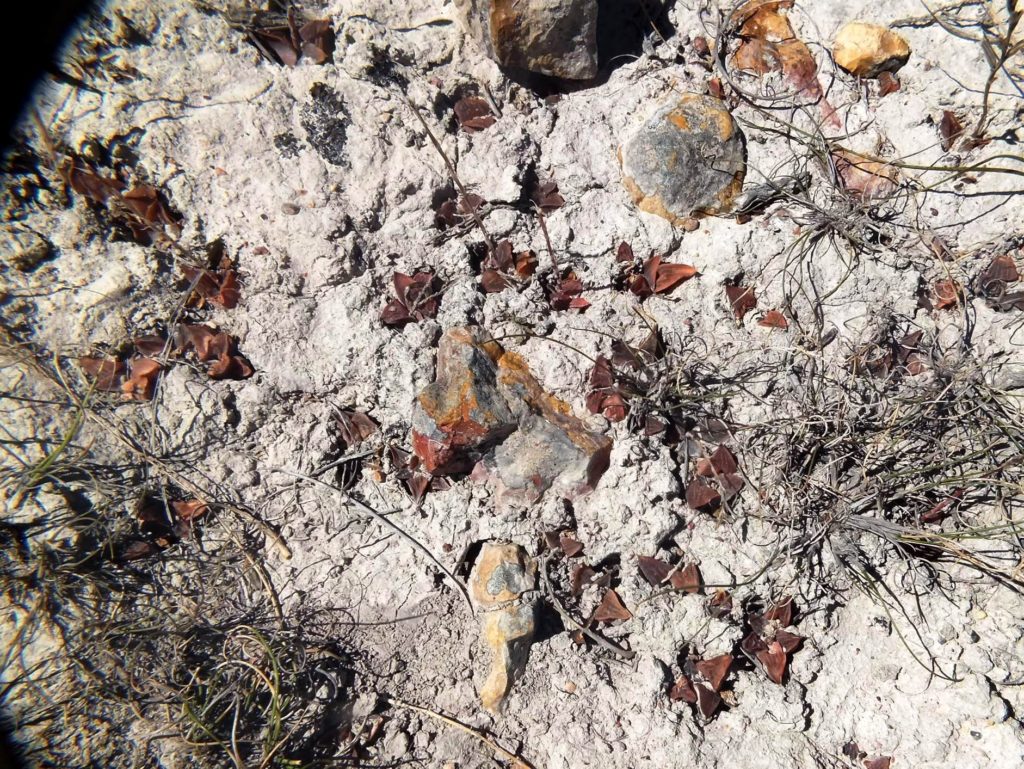

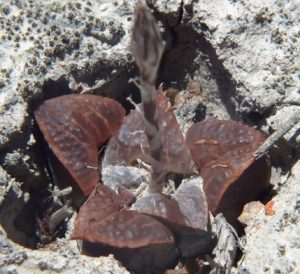
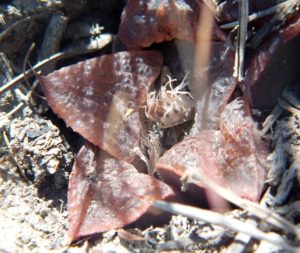
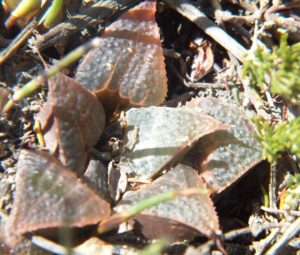
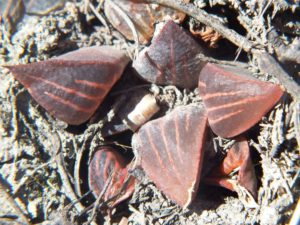
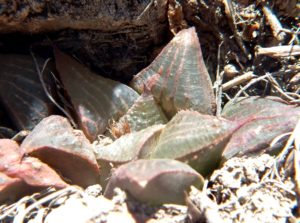
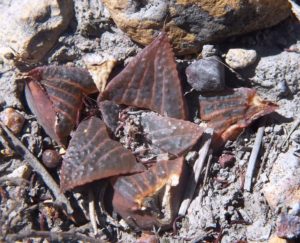


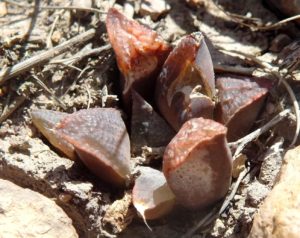
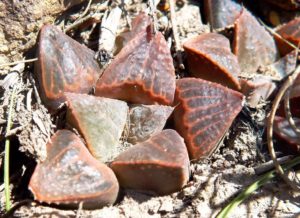
This really is an important image because it brings to mind the whole problem of what is termed the “typological” approach. Names are always attached to a single type specimen creating a crude and false belief that a species can be adequately represented by a single individual. This has completely bedeviled classification in Haworthia where for example a name like “magnifica” can even imagined to exist as a distinctly separate group with the general qualities of the original specimen so-named. The exact same applies to this illustration of H. retusa. ♦
